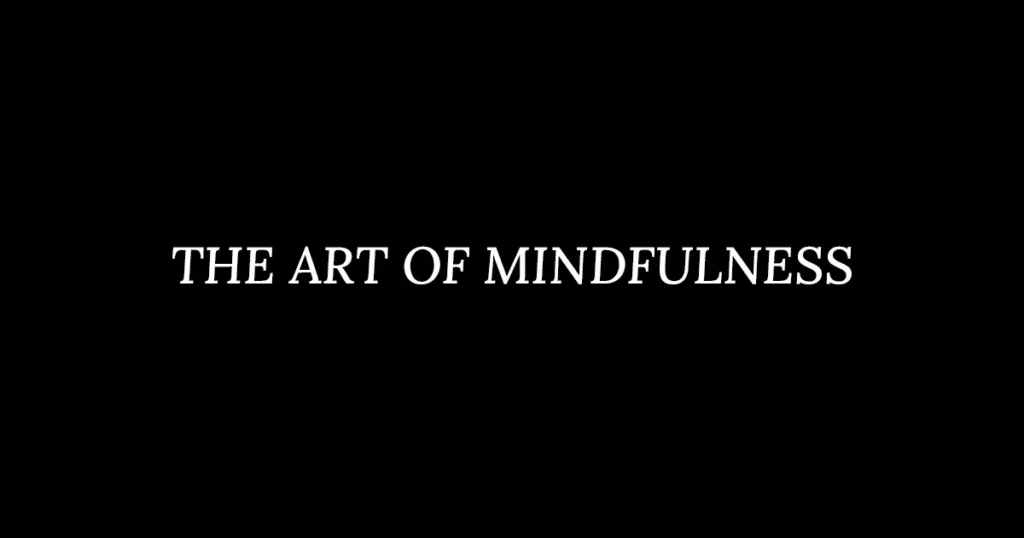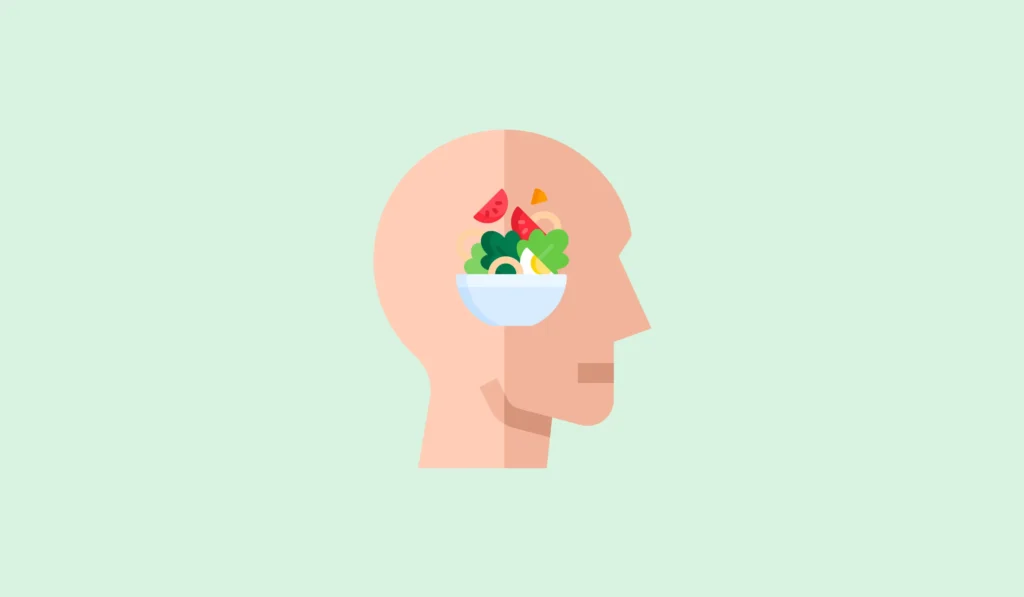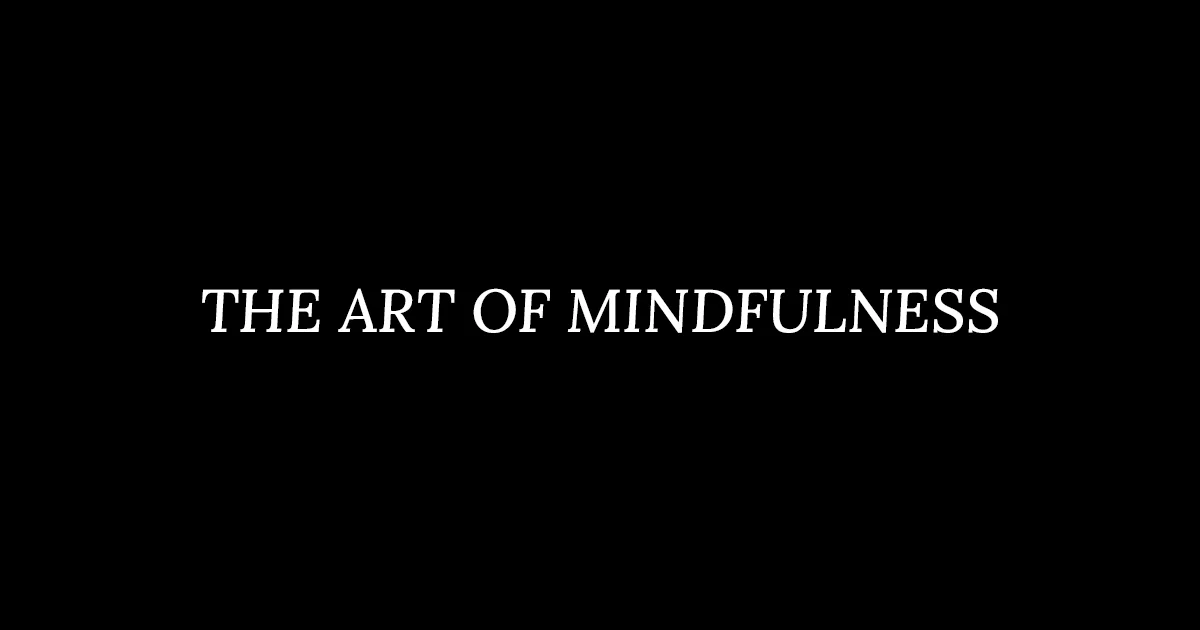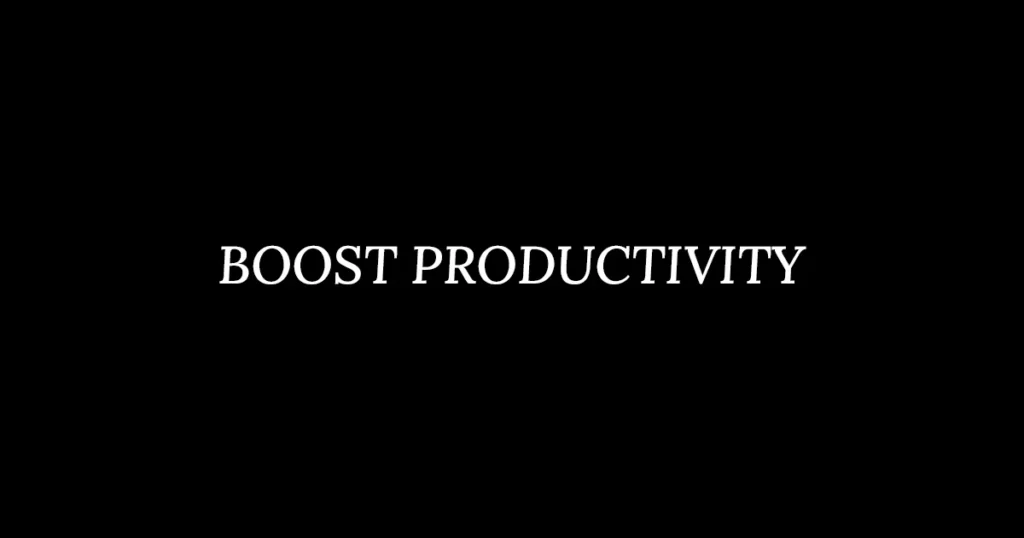The Art of Mindfulness : 5 Daily Practices to Boost Mental Wellbeing
In a world buzzing with notifications and deadlines, mindfulness offers a sanctuary of calm. At its core, mindfulness is the practice of cultivating intentional awareness of the present moment, observing thoughts, emotions, and sensations without judgment. Though rooted in ancient Buddhist traditions, it has evolved into a secular tool embraced by millions seeking balance in modern life. By anchoring attention to the here and now, mindfulness empowers individuals to navigate chaos with clarity reducing stress, sharpening focus, and nurturing emotional resilience. In an age of relentless distraction, this practice becomes not just a refuge, but a transformative lens through which to engage with life’s complexities.
Morning Mindfulness Meditation: A Deep Dive into Cultivating Calm and Clarity
Why Start the Day with Mindfulness?
Mornings are a critical window to shape your mental and emotional landscape. As you transition from sleep to wakefulness, your brain is in a uniquely receptive state. Practicing mindfulness during this time helps:
- Regulate Cortisol : Morning meditation can lower stress hormones, counteracting the body’s natural cortisol surge upon waking.
- Set Intentions : It creates a pause to align with your values (e.g., “Today, I choose patience”) rather than reacting to external demands.
- Enhance Neuroplasticity : Consistent practice strengthens brain regions linked to focus, emotional regulation, and compassion (e.g., prefrontal cortex, hippocampus).
Step-by-Step Practice: Deepening Your Routine
- Prepare Your Space
- Location : Choose a quiet corner with minimal distractions. Over time, this space will become a mental cue for calm.
- Timing : Aim for the same time daily (e.g., right after waking) to build consistency. Even 5 minutes is transformative.
- Comfort : Sit on a cushion, chair, or folded blanket. Ensure your hips are slightly elevated above your knees for spinal ease.
- Anchor Your Attention
- Breath Awareness :
- Technique : Try diaphragmatic breathing (belly expands on inhale, contracts on exhale) to activate the parasympathetic nervous system.
- Counting : Silently count breaths (1-10, then repeat) to sharpen focus.
- Body Scan : Spend 1-2 minutes noticing sensations from head to toe release tension in your jaw, shoulders, or fists.
- Breath Awareness :
- Navigate Distractions
- Thoughts : Label distractions (“planning,” “worry,” “to-do list”) to depersonalize them. Imagine thoughts as clouds passing in a sky.
- Sounds/Physical Discomfort : Acknowledge them (“hearing traffic,” “stiff neck”), then return to your anchor (breath or body).
- Close with Gratitude
- End by silently noting 1-2 things you’re grateful for (e.g., “restful sleep,” “warm tea”). This primes your brain for positivity.
Science-Backed Benefits
- Reduces Anxiety : Studies show mindfulness lowers amygdala activity (the brain’s fear center), reducing stress reactivity.
- Improves Focus : Just 8 weeks of daily practice enhances gray matter density in attention-related brain regions.
- Emotional Resilience : Trains the brain to pause before reacting, fostering patience in traffic, deadlines, or conflicts.
- Better Sleep : Morning meditation regulates circadian rhythms, improving sleep quality over time.
Pro Tips for Success
- Start Small : Begin with 3 minutes, then gradually extend. Use a gentle alarm (e.g., chime) to avoid jarring yourself.
- Experiment with Techniques :
- Mantra Meditation : Repeat a calming word or phrase (e.g., “peace” or “I am grounded”).
- Loving-Kindness (Metta) : Silently wish well for yourself and others (“May I be happy, may you be safe”).
- Track Progress : Journal post-meditation notes (e.g., “Felt restless but refocused 3x progress!”).
- Pair with Movement : Follow with gentle yoga or a mindful walk (noticing each step and breath).
Troubleshooting Common Challenges
- Restlessness : Shift to a moving meditation (e.g., tai chi) or shorten your session.
- Sleepiness : Meditate with eyes slightly open or splash water on your face beforehand.
- Impatience : Remind yourself that “bad” meditations still train your brain consistency is key.
Expand Your Toolkit
- Guided Meditations : Explore themed sessions (e.g., Headspace’s “Morning Reset” or Tara Brach’s “RAIN” practice).
- Books : The Miracle of Mindfulness (Thich Nhat Hanh) or Wherever You Go, There You Are (Jon Kabat-Zinn).
- Community : Join online groups (e.g., Insight Timer’s challenges) for accountability.
By weaving these layers into your practice, you’ll transform morning meditation from a task into a nourishing ritual a daily act of self-care that radiates into every corner of your life.

Mindful Breathing Breaks
Explanation
In the whirlwind of daily life, mindful breathing breaks offer a simple yet powerful way to anchor yourself in the present moment. These short pauses just 1-2 minutes allow you to reconnect with your breath, a natural calming mechanism often overlooked during stress or multitasking. By intentionally focusing on your inhalation and exhalation, you interrupt the cycle of chaos, creating space for clarity and calm.
How to Practice
- Pause : Step away from your task, close your eyes if possible, and settle into a comfortable posture.
- Breathe Deeply : Inhale slowly through your nose, allowing your abdomen to expand. Exhale fully through your mouth, releasing tension.
- Engage Your Senses : Notice subtle sensations the coolness of air entering your nostrils, the warmth of your exhale, or the gentle rise and fall of your chest.
- Gentle Focus : If your mind wanders, acknowledge distractions without judgment and return your attention to your breath.
Benefits
- Instant Stress Relief : Activates the parasympathetic nervous system, reducing cortisol and promoting relaxation.
- Mental Reset : Sharpens focus and clarity, helping you approach tasks with renewed energy.
- Emotional Balance : Enhances self-awareness, allowing you to respond calmly to challenges rather than react impulsively.
Tips for Success
- Set Reminders : Use phone alarms or apps like Insight Timer to prompt regular breaks.
- Anchor to Habits : Pair with routine activities before meetings, after checking emails, or during transitions between tasks.
- Subtle Practice : In public spaces, breathe mindfully without closing your eyes. Use waiting times (e.g., at traffic lights) for discreet breaks.
- Start Small : Begin with once daily, gradually increasing frequency. Even three conscious breaths can make a difference.
Final Thought
Mindful breathing breaks are a gateway to resilience in a fast-paced world. By weaving these moments into your day, you cultivate a habit of presence, transforming ordinary pauses into opportunities for renewal.
Mindful Eating
What is Mindful Eating?
Mindful eating is the practice of fully engaging your senses and attention during meals, shifting from autopilot eating to intentional, present-moment awareness. It encourages a deeper connection with food, transforming routine meals into opportunities for gratitude and nourishment.
How to Practice Mindful Eating
- Engage Your Senses :
- Before eating, observe your food’s colors, textures, and aromas.
- Take small bites and chew slowly, savoring flavors and textures (e.g., the crunch of vegetables or creaminess of avocado).
- Eliminate Distractions :
- Turn off screens, step away from work, and focus solely on your meal.
- Pace Yourself :
- Put your fork down between bites. Aim to chew each mouthful 20–30 times to aid digestion and fully experience taste.
Benefits of Mindful Eating
- Improved Digestion : Slower eating allows enzymes to break down food efficiently, reducing bloating or discomfort.
- Heightened Gratitude : By appreciating the effort behind your meal whether from farmers, cooks, or nature you cultivate a positive relationship with food.
- Reduced Overeating : Tuning into hunger cues helps prevent mindless snacking and supports portion control.
Tips to Get Started
- Begin Small : Dedicate one meal daily to mindful eating, gradually expanding the practice.
- Reflect Pre-Meal : Take three deep breaths before eating to center yourself.
- Experiment with Texture : Try foods with varied textures (crispy, smooth, crunchy) to enhance sensory engagement.
By prioritizing presence and pleasure in eating, mindful eating fosters not only physical health but also a renewed appreciation for the joy of nourishing your body.

Body Scan for Relaxation
Explanation
The Body Scan is a mindfulness exercise that helps alleviate physical tension by guiding your attention systematically through your body from your head to your toes. It encourages awareness of sensations, helping you identify and soften areas of stress, fostering a deeper mind-body connection.
How to Practice
- Find a cozy spot where you can either lie down or sit in a relaxed manner.
- Start at the Top : Begin by focusing on your head. Notice any sensations tightness, warmth, or discomfort.
- Move Slowly : Gradually shift attention downward neck, shoulders, arms, chest, stomach, hips, legs, and feet. Pause at each area.
- Breathe into Tension : When you encounter tightness, imagine breathing into that spot. Visualize stress dissolving with each exhale.
- Stay Neutral : Observe sensations without judgment. If your mind wanders, gently return to the scan.
- Complete the Scan : Finish by feeling your entire body as a unified, relaxed whole.
Benefits
- Reduces Physical Stress : Releases muscle tension and eases aches.
- Enhances Body Awareness : Helps recognize early signs of stress.
- Promotes Relaxation : Calms the nervous system, aiding sleep and emotional balance.
- Improves Focus : Anchors the mind in the present moment.
Tips
- Timing : Ideal before bed to unwind or after work to decompress.
- Ambiance : Use soft music, dim lighting, or a quiet space to deepen relaxation.
- Duration : Start with 5–10 minutes, extending as you become comfortable.
- Consistency : Practice regularly to build awareness and resilience.
- Gentle Approach : There’s no “perfect” scan let the process be effortless.
By integrating this practice into your routine, you’ll cultivate a calmer, more attuned relationship with your body and mind.
Evening Gratitude Journaling: Cultivating Thankfulness Through Reflection
What is Evening Gratitude Journaling?
Evening gratitude journaling is a simple yet powerful practice where you reflect on and document three positive moments or things you’re grateful for each night. By focusing on small, specific details a stranger’s smile, the aroma of your morning coffee, or a quiet moment of peace it trains your mind to recognize and appreciate life’s often-overlooked joys. This intentional reflection fosters a thankful mindset, shifting attention away from stress or negativity.
How to Practice
- Set a Consistent Time : Write nightly, ideally as part of your bedtime routine (e.g., after brushing teeth).
- List Three Gratitudes : Note three things you’re grateful for that day. Be specific:
- Example : “I’m thankful my coworker got me a latte when I was overwhelmed.”
- Example : “I appreciated the sunset’s vibrant colors during my walk.”
- Elaborate with Details : Add context to deepen the reflection. Instead of “grateful for family,” write, “My partner cooked dinner, which made me feel cared for.”
Benefits
- Mood Boost : Acknowledging positives combats negativity bias, enhancing emotional well-being.
- Improved Sleep : Reflecting on gratitude reduces stress and rumination, promoting relaxation.
- Mindset Shift : Over time, you’ll naturally notice more opportunities for joy in daily life.
Tips for Success
- Keep a Dedicated Journal : Place it by your bed for easy access. A notebook or app works choose what feels inviting.
- Pair with Relaxation : Combine with activities like sipping tea or meditating to reinforce the habit.
- Stay Consistent : Even on tough days, find small wins (e.g., “I’m grateful I got out of bed today”).
- Avoid Vagueness : Specificity turns routine entries into meaningful reflections.
Why It Works
This practice leverages the psychology of gratitude, rewiring the brain to prioritize positive experiences. By ending the day on a mindful note, you create a buffer against stress and cultivate resilience. Over time, this habit nurtures a deeper appreciation for life’s simple pleasures, transforming how you perceive challenges and triumphs alike.
Final Thought
Evening gratitude journaling isn’t about ignoring life’s hardships it’s about balancing perspective. With just five minutes a night, you can foster a calmer mind, a lighter heart, and a more restful sleep. Start tonight; your future self might just thank you.
Conclusion
Recap: Integrating mindfulness, gratitude, physical activity, and social connection into daily life fosters sustained wellbeing. These practices become seamless habits through small, intentional actions like mindful breathing during a commute, journaling gratitude each evening, or pairing a walk with moments of presence. Over time, they weave into the fabric of everyday routines, nurturing resilience and balance.
Encouragement: Progress, not perfection, paves the way to wellbeing. Consistency whether through brief pauses for mindfulness, regular movement, or heartfelt conversations matters far more than flawless execution. Slip-ups are natural; what counts is returning to these practices with kindness and patience.
Final Thoughts: Experiment with combining practices to amplify their impact, such as mindful walks or gratitude-sharing with loved ones. If mental health challenges persist, seeking professional guidance is a courageous and vital step. Holistic wellbeing often thrives on both personal effort and supportive resources.
Call to Action: Start today your mind deserves the gift of presence. Begin with a single breath, a moment of gratitude, or a walk outdoors. Every small step is an act of self-care, building a foundation for lasting mental clarity and joy.
for more visit Mavlluxury




